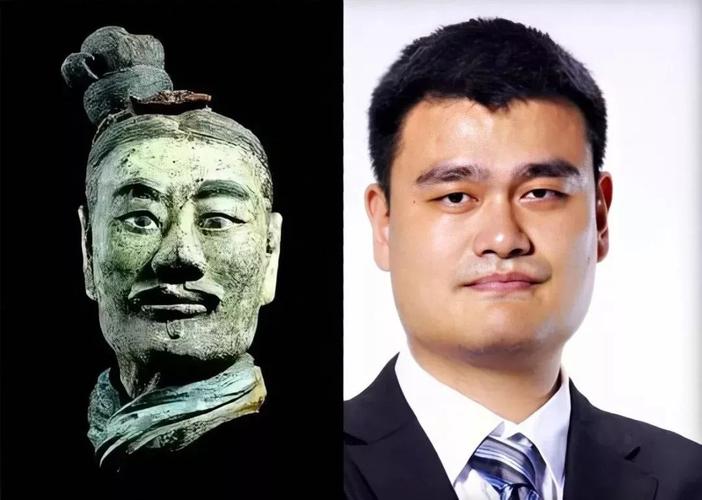
Are There Any Similarities Between Other Ancient Wonders and the Terracotta Army?
Both the Terracotta Army and the Tomb of Emperor Jingdi are marvelous imperial tombs in China, which uncover the mysterious yet exquisite funeral system of ancient China. In some ways, the Tomb of Emperor Jingdi inherited some excellent methods of the manufacturing process used for the Terracotta Army.
The Uniqueness of the Terracotta Army
The Terracotta Army, built during the Qin dynasty (221-206 BC), stands as a testament to the power and ambition of Qin Shi Huang, China's first emperor. This vast collection of over 8,000 life-sized terracotta figures – including warriors, chariots, and horses – was designed to protect the emperor in the afterlife.
Here's what makes the Terracotta Army so unique:
- Scale and Grandeur: The sheer number of figures, their life-size dimensions, and the meticulous detail in each one make the Terracotta Army an unparalleled archaeological find.
- Individuality: Each soldier has unique facial features, hairstyles, armor, and postures, suggesting they were modeled after real soldiers.
- Military Precision: The army's arrangement reflects actual military formations of the Qin dynasty, showcasing the importance of military might.
- Advanced Craftsmanship: The creation of the Terracotta Army involved sophisticated techniques in pottery, sculpting, and kiln firing, demonstrating the high level of craftsmanship of the time.
Echoes of the Terracotta Army: The Tomb of Emperor Jingdi
While no other site can match the sheer scale of the Terracotta Army, the Tomb of Emperor Jingdi, from the Han Dynasty (206 BC - 220 AD), shares some remarkable similarities.
- Army of Miniature Figures: Emperor Jingdi's tomb contains thousands of miniature terracotta figures, including soldiers, servants, musicians, and animals. While much smaller than the life-size figures of the Terracotta Army, they display a similar level of detail and individuality.
- Reflecting Real Life: Like the Terracotta Army, the figures in Emperor Jingdi's tomb were meticulously crafted to reflect the clothing, hairstyles, and even facial expressions of people from that era. They offer valuable insights into Han Dynasty society.
- Emphasis on Afterlife: Both tombs emphasize the importance placed on the afterlife by these emperors. The presence of armies, servants, and entertainers suggests a desire to maintain a similar level of power and luxury in the next world.
- Craftsmanship and Detail: The smaller scale of the figures in Emperor Jingdi's tomb did not mean a compromise on detail. The figures showcase the advanced craftsmanship of the Han dynasty artisans, particularly in their delicate features and clothing.
Similarities in Manufacturing
While the Terracotta Army and the figures in Emperor Jingdi's tomb differ in scale, they share some similarities in their manufacturing process.
- Modular Construction: Both sets of figures were created using a modular method. Body parts were made separately in molds and then assembled, allowing for efficient mass production while also enabling variations in pose and attire.
- Terracotta as the Medium: The choice of terracotta, a readily available and durable material, reflects a practical approach to creating these vast underground armies.
- Pigments and Color: While much of the original paint has faded over time, evidence suggests both the Terracotta Army and the figures in Emperor Jingdi's tomb were once brightly painted, further adding to their realism.
Conclusion
The Terracotta Army remains an unparalleled archaeological treasure. However, the Tomb of Emperor Jingdi, with its army of miniature figures, offers a fascinating parallel and highlights the continuation of certain burial practices and beliefs in ancient China. Both sites provide invaluable glimpses into the artistry, beliefs, and social structures of their respective periods.
Q&A
1. Were there any other tombs built with figures like the Terracotta Army?
While the Terracotta Army is the most famous example, other tombs in China have been discovered containing terracotta figures. However, none match the scale and grandeur of the Terracotta Army.
2. What is the significance of the different poses and expressions of the figures?
The variations in pose and expression in both the Terracotta Army and Emperor Jingdi's tomb suggest an attempt to create a realistic representation of a diverse army and court. They might also hold symbolic meanings related to their roles and ranks.
3. What can we learn about ancient Chinese society from these tombs?
These tombs provide valuable insights into ancient Chinese beliefs about the afterlife, military organization, social hierarchy, clothing styles, and artistic techniques. They offer a window into the lives and times of the people who lived during those periods.
note: This return of all, without the author's permission, may not be reproduced